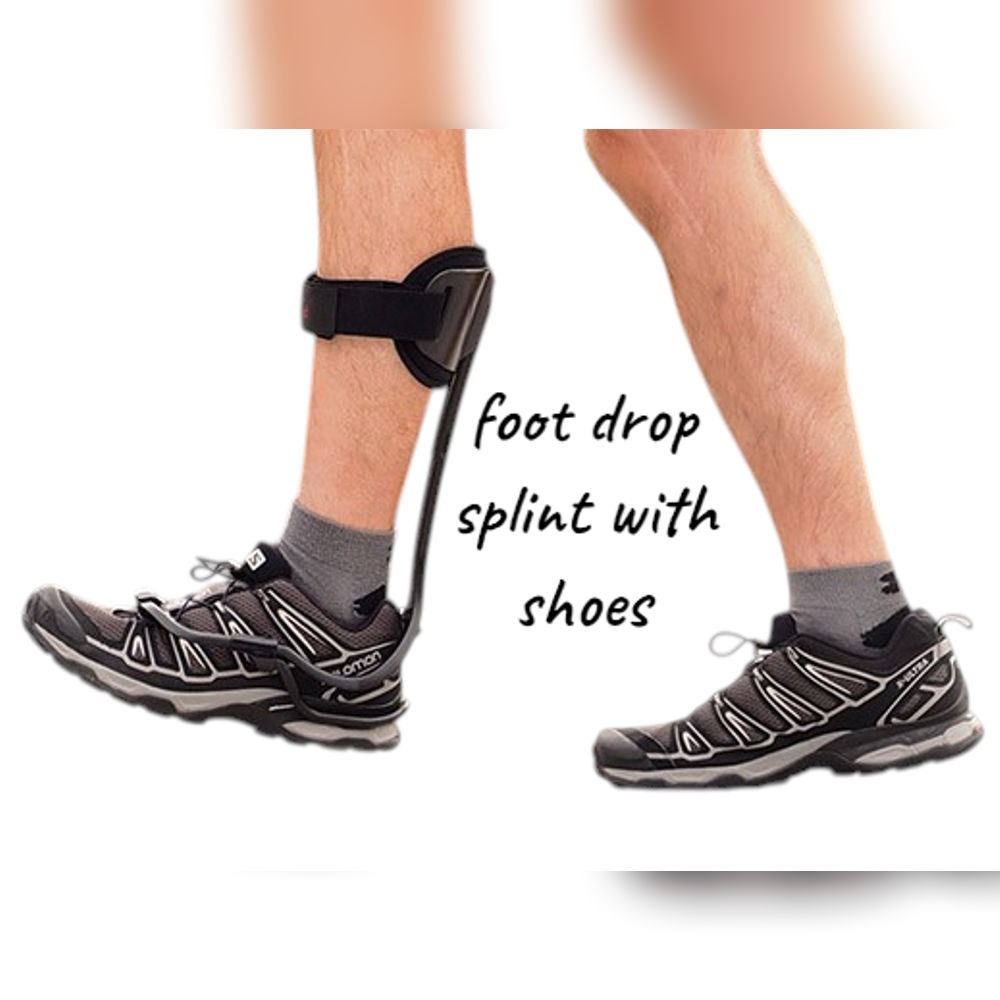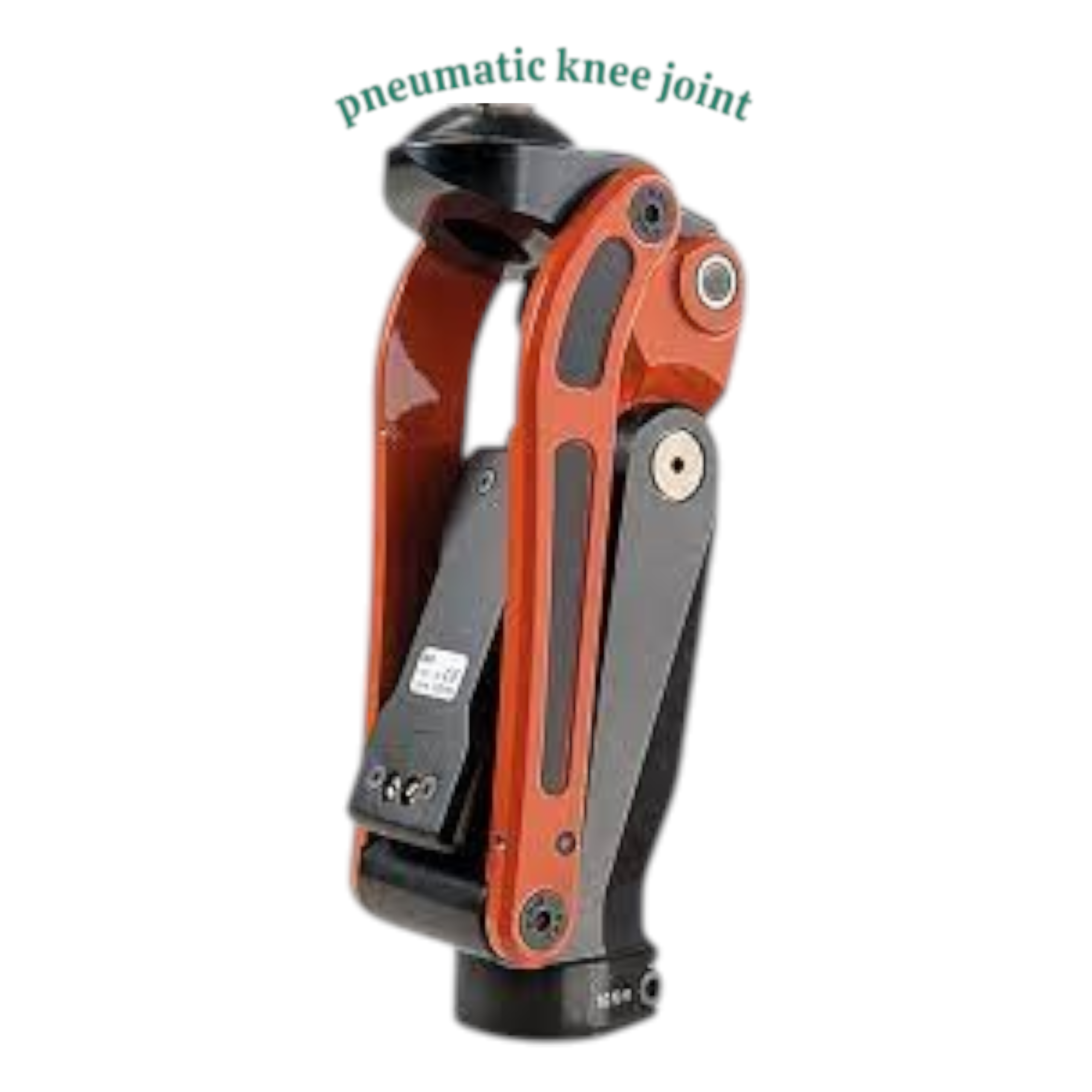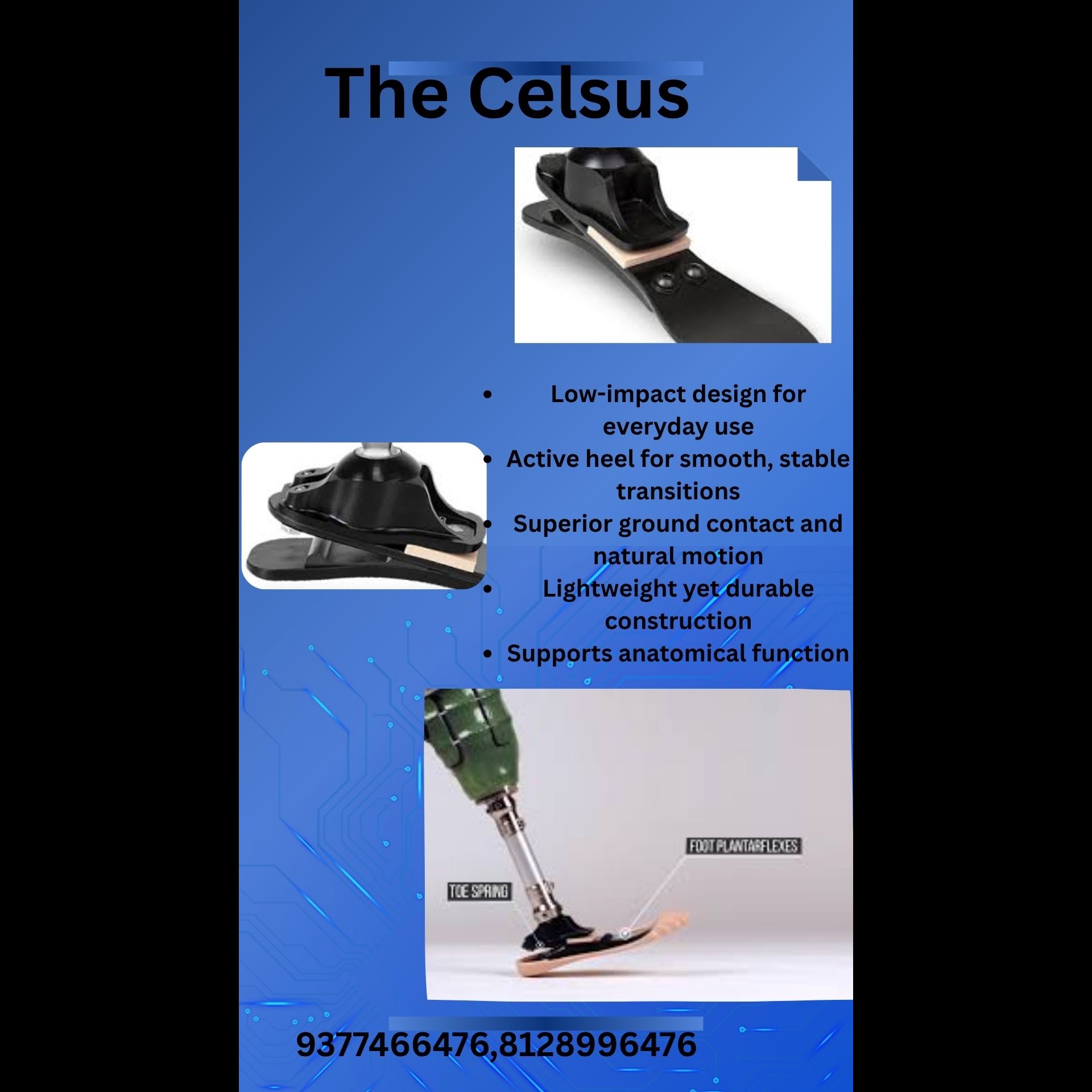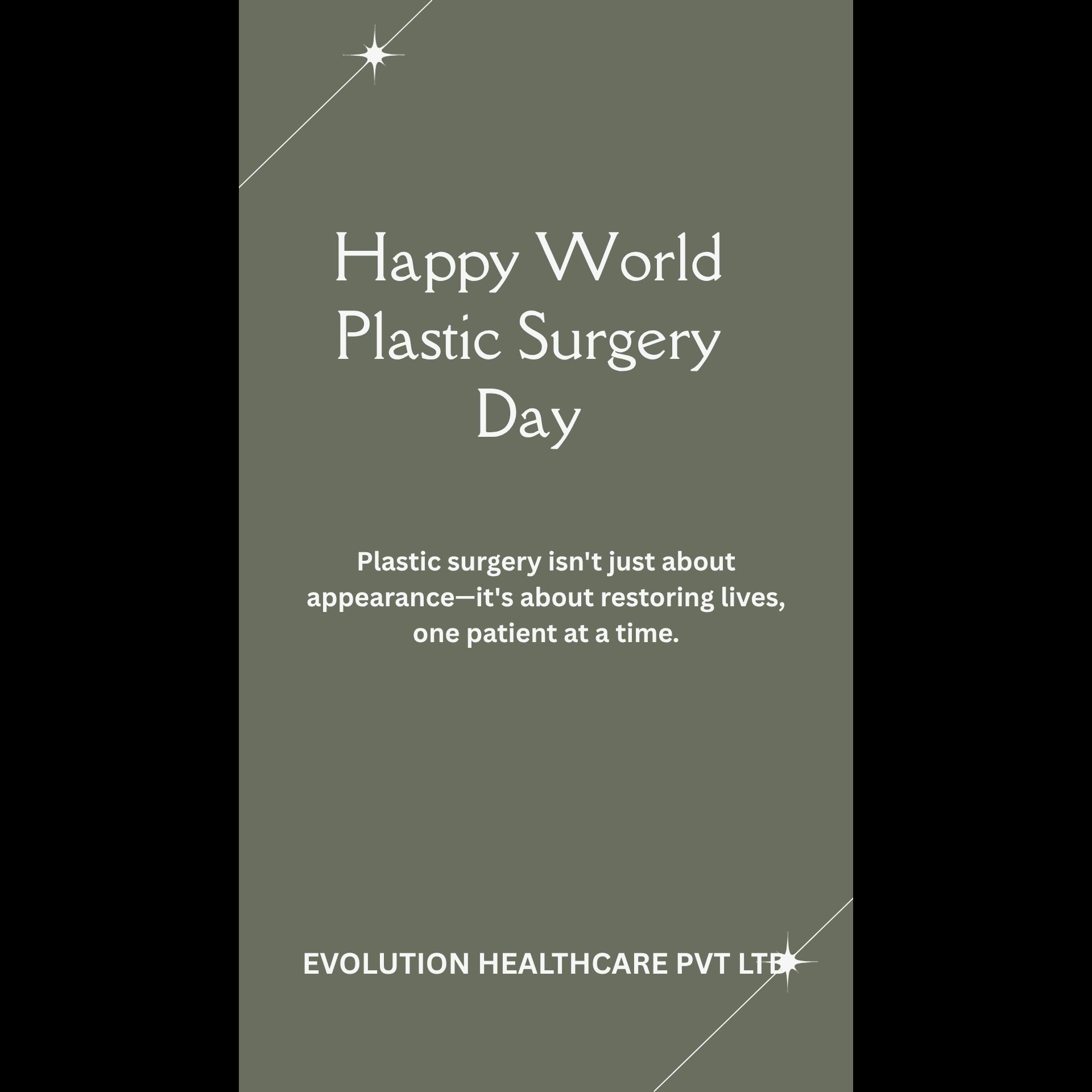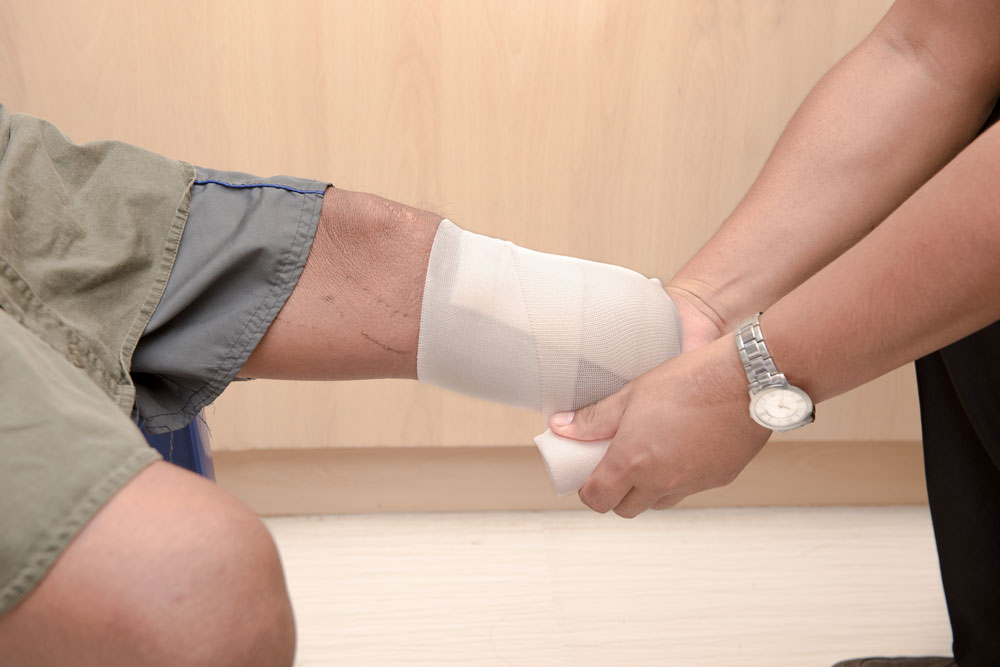
STUMP CARE AFTER SURGERY
Caring for a surgical wound, often referred to as postoperative care, is essential for promoting healing and preventing complications. Here are some general guidelines for stump care after surgery, but it's important to follow your healthcare provider's specific instructions:
Follow Healthcare Provider's Instructions:
Adhere strictly to the instructions provided by your surgeon or healthcare team. They will provide specific guidelines tailored to your situation.
Keep the Area Clean:
Gently clean the stump as directed by your healthcare provider. Use a mild soap and water, and pat the area dry with a clean, soft towel. Avoid rubbing or scrubbing the wound.
Dressing Changes:
Change dressings as instructed. Some wounds may require daily changes, while others may need less frequent attention. Always use sterile dressings.
Monitor for Signs of Infection:
Watch for signs of infection, such as increased redness, swelling, warmth, or drainage. If you notice any of these signs, contact your healthcare provider promptly.
Avoid Immersion:
Keep the stump dry and avoid immersing it in water until your healthcare provider gives you the green light. This is to prevent infection and promote proper healing.
Pain Management:
Take prescribed pain medications as directed by your healthcare provider. If over-the-counter pain relievers are recommended, follow the recommended dosage.
Elevate the Stump:
Elevate the stump when sitting or lying down to reduce swelling. Use pillows or cushions to support the stump in a comfortable position.
Movement and Exercise:
Follow any prescribed exercises or movement recommendations to promote circulation and prevent stiffness. However, avoid activities that could strain or injure the healing stump.
Wear Compression Garments (if advised):
If your healthcare provider recommends it, use compression garments to help control swelling and promote blood circulation.
Regular Follow-Up Appointments:
Attend all scheduled follow-up appointments with your healthcare provider. They will monitor the healing progress, remove stitches or staples when necessary, and address any concerns you may have.
Maintain a Healthy Diet:
Eating a balanced diet rich in nutrients can support the healing process. Ensure you're getting adequate protein, vitamins, and minerals.
Quit Smoking (if applicable):
If you smoke, consider quitting, as smoking can impair wound healing. Discuss smoking cessation strategies with your healthcare provider.
Always consult with your healthcare provider for personalized advice based on your specific condition and the type of surgery you've undergone. Following their instructions diligently is crucial for a successful recovery. If you experience any unexpected symptoms or complications, contact your healthcare provider promptly.
Keywords
mild soap
STUMP CARE
green light
Healthy Diet
healing stump
wound healing
balanced diet
daily changes
surgical wound
proper healing
healing process
Avoid Immersion
healthcare team
Pain Management
healing progress
adequate protein
Change dressings
Dressing Changes
pain medications
blood circulation
sterile dressings
clean, soft towel
specific condition
frequent attention
general guidelines
postoperative care
unexpected symptoms
successful recovery
personalized advice
specific guidelines
healthcare provider
prescribed exercises
comfortable position
specific instructions
counter pain relievers
movement recommendations
Wear Compression Garments
smoking cessation strategies
Regular Follow-Up Appointments
scheduled follow-up appointments

